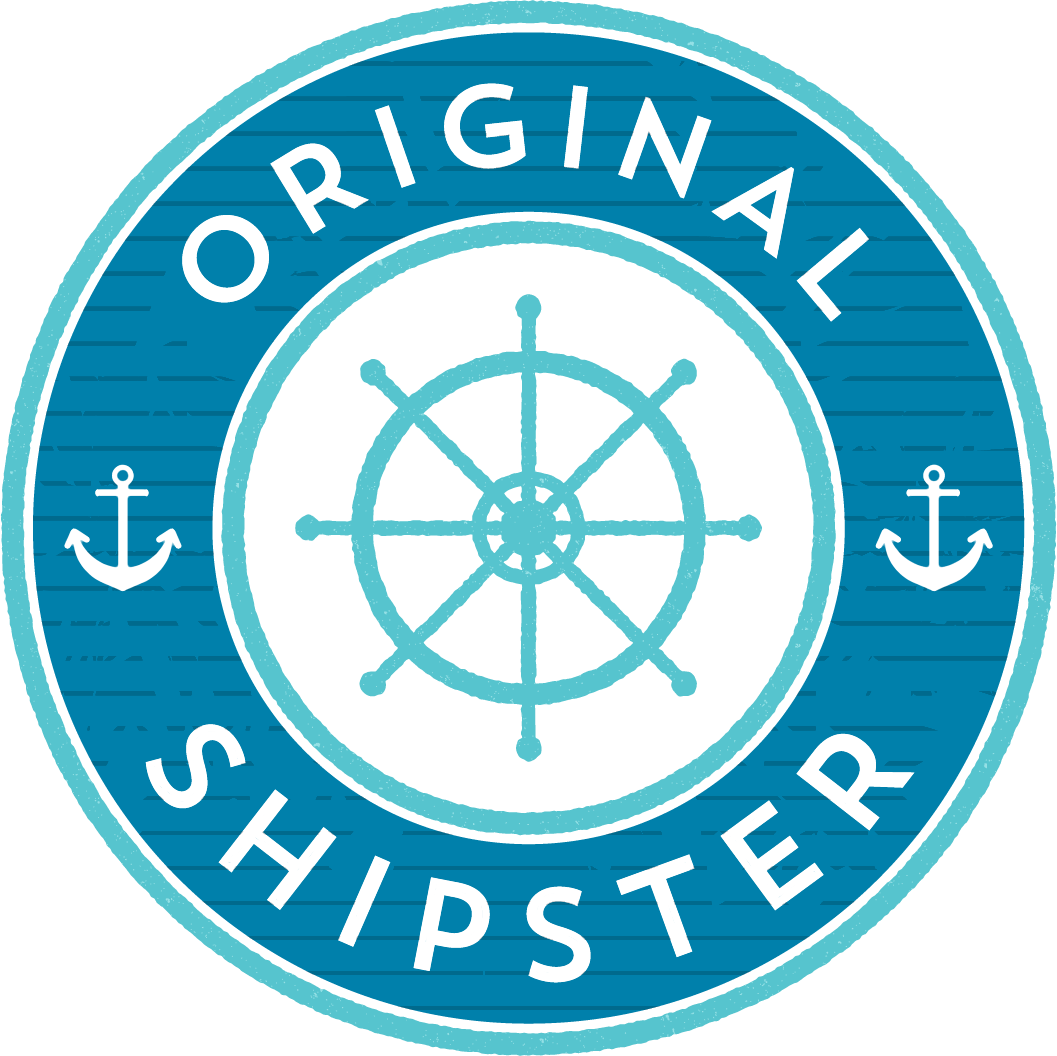Over the Waves: M/V Christmas Seal
The M/V Christmas Seal was a medical ship that provided medical services and screenings for isolated outport communities in Newfoundland from 1947 to 1970. She was originally an American Naval Crash Rescue Boat, used to rescue air crews and pilots from crashed airplanes.
Nationality: American/Canadian
Length: 32 metres
Speed: 18 knots
Year: 1943
Crew/Staff: 12
Patients: 23
As the USCB Shearwater, she saw a very active career within the Second World War, racing to save the crews of aircraft that had been shot down in battle. After the war, the US was looking to sell off some of their older vessels, and the Shearwater was on the list. A group from Newfoundland, the Newfoundland Tuberculosis Association, saw an opportunity to gain access to the more isolated communities along the shore. They purchased the boat for $5,000 in 1947, and renamed her M/V Christmas Seal.
The Christmas Seal off the coast of Newfoundland.
The Christmas Seal then became a staple of outport communities. She was already equipped with medical facilities from her war days, but in the 1950s she was outfitted with a medical lab, including the equipment to conduct chest x-rays (making her the first vessel in the world to be a civilian floating x-ray lab). Her medical crew (a radiology technician, a nurse, a doctor, and some general health educators) could now provide vaccines for TB and polio, test for diabetes, and assist in medical evacuations. It’s estimated that she helped over 80,000 Newfoundlanders in 1,300 communities.
The routine was simple: people would come down to the dock when she pulled in, and they were assigned a number. They would then board for whatever assistance they needed (most commonly being screened for TB). The results would be processed, and on the vessels next return to the community, a loudspeaker was used to call out patient numbers. If your number was called, it was back onto the ship to receive your treatment information. Occasionally, however, a community would be completely free of infection. On these occasions, the loudspeaker would play music and there would be a gun salute to celebrate that no tuberculosis had been found!
The M/V Christmas Seal at sea. Photo from www.heritage.nf.ca
By the 1970s, roads on the island had made these communities more accessible, and some of them now even had their own doctors and nurses to help the community. As such, the days of needing the M/V Christmas Seal were up, and she was sold again, this time to a man from Lewisporte. He in turn charter her to the Bedford Institute of Oceanography, who used her as a research platform.
In 1976, just three hours after leaving the port of Halifax, NS, she suffered an explosion in her engine room. Some vessels in the area responded to her mayday, and her crew of 8 was saved. Unfortunately, nothing could be done for the Christmas Seal, and she burned before sinking in Nova Scotian waters.
